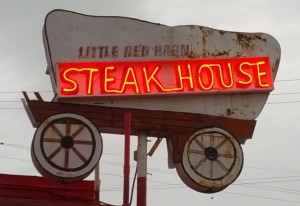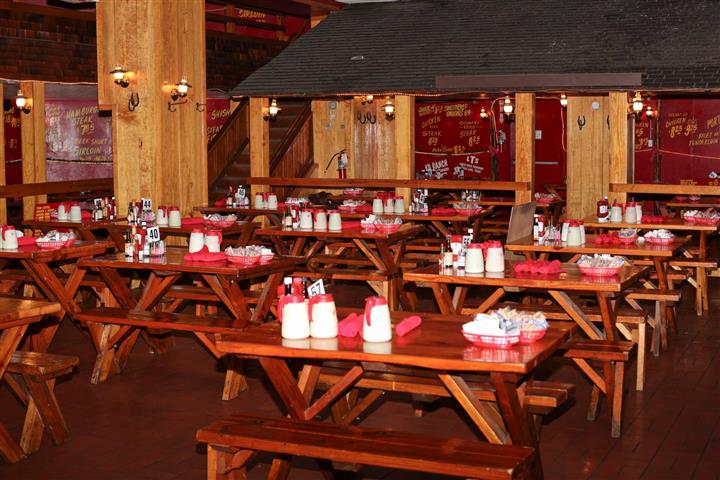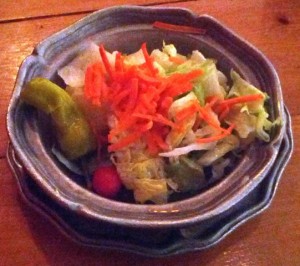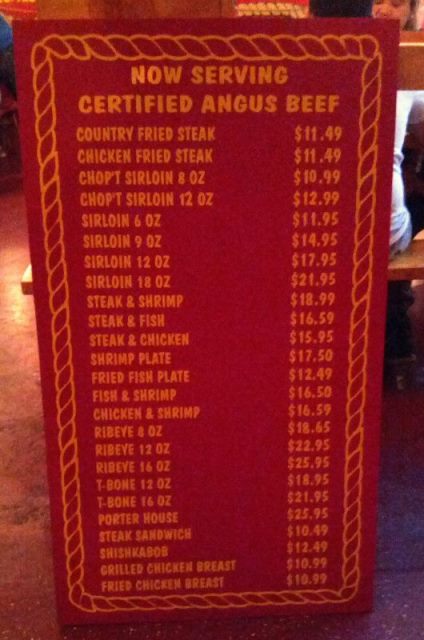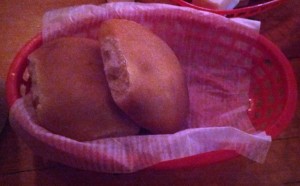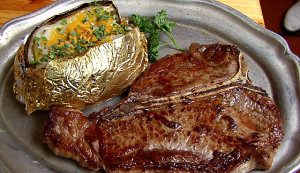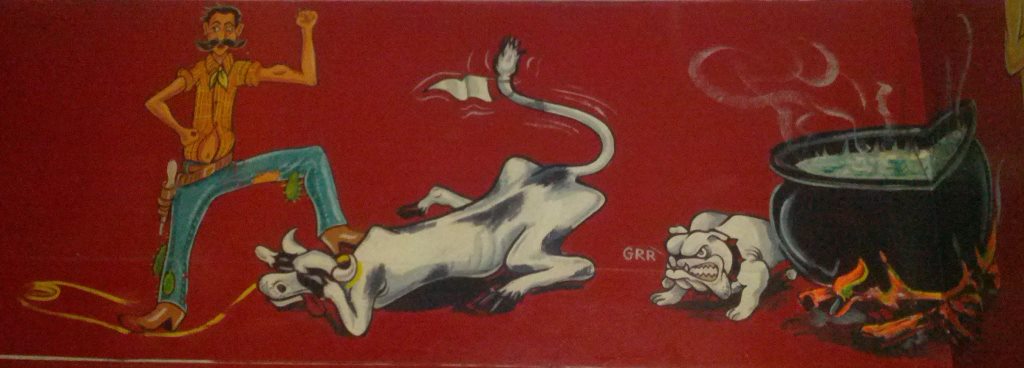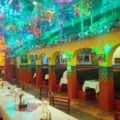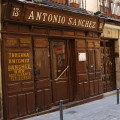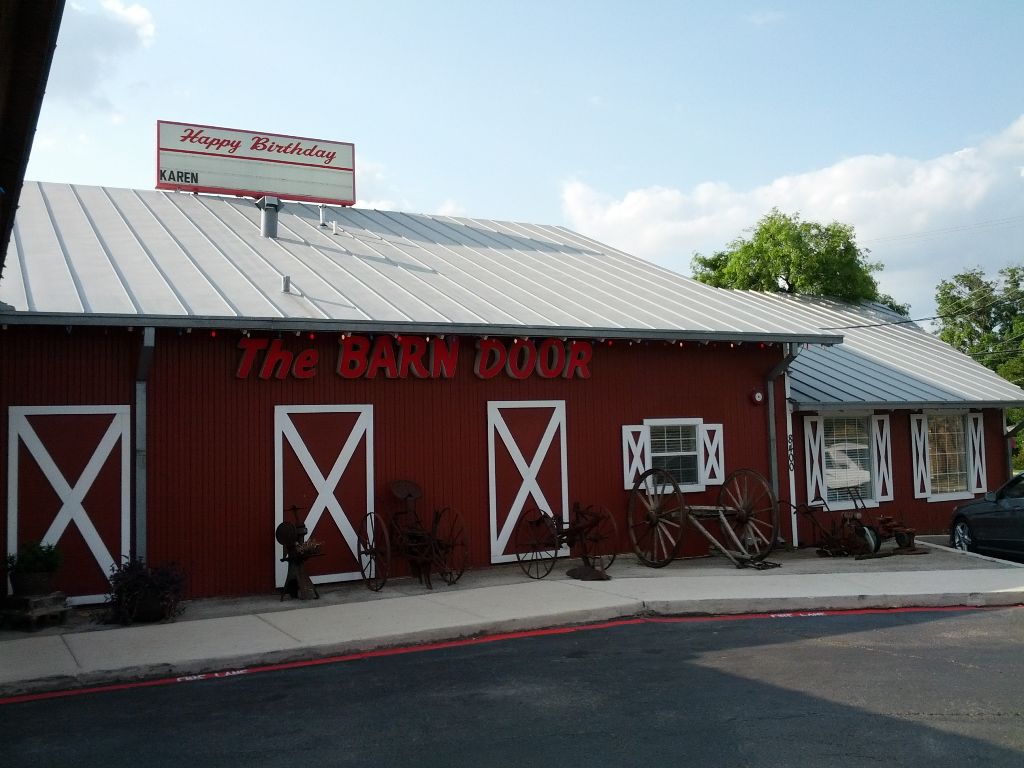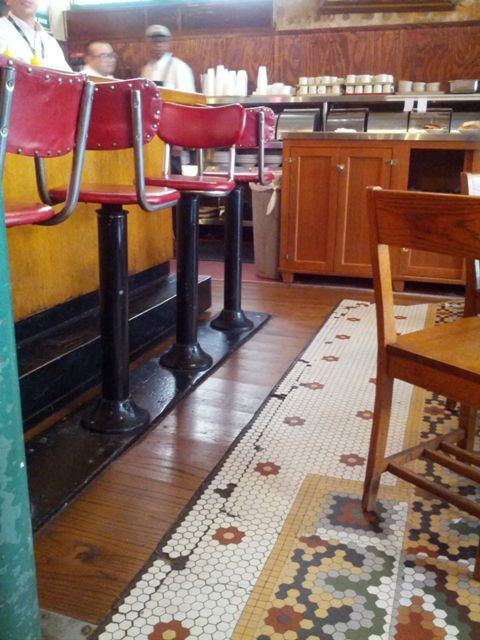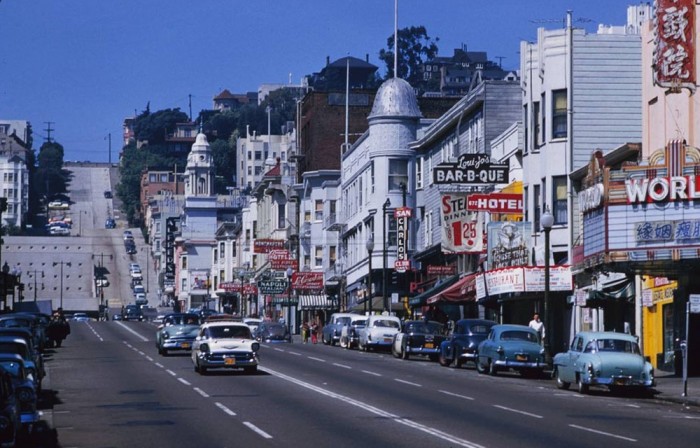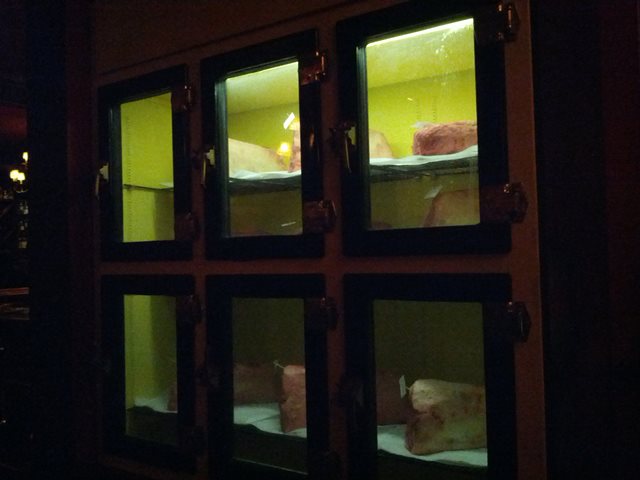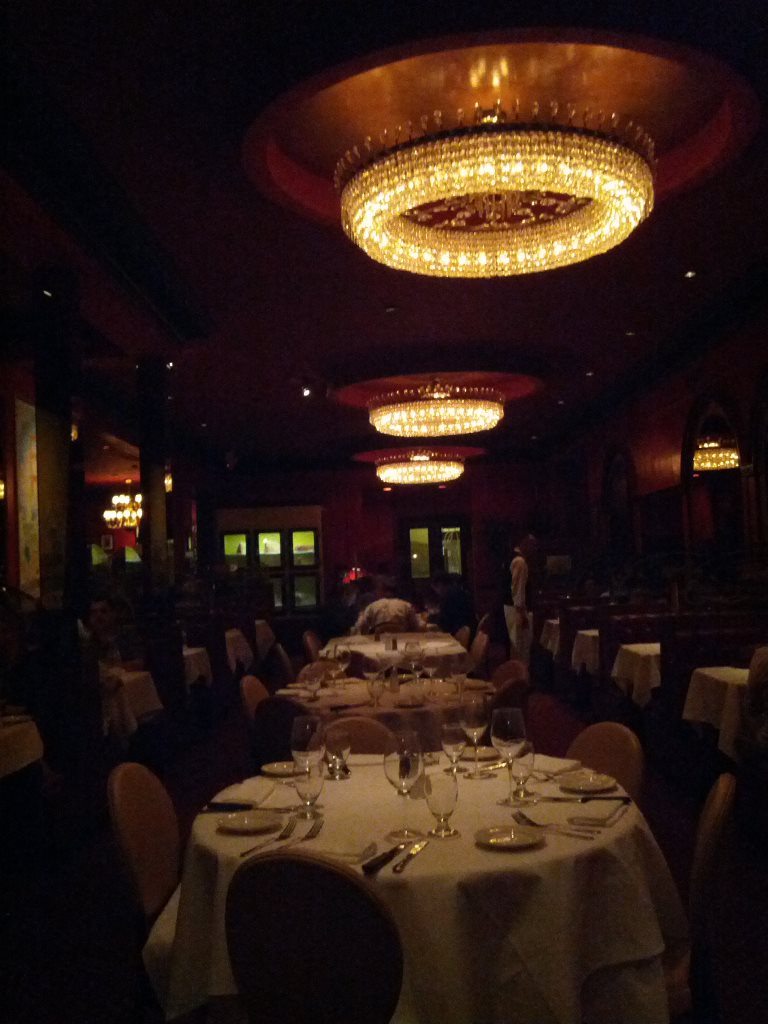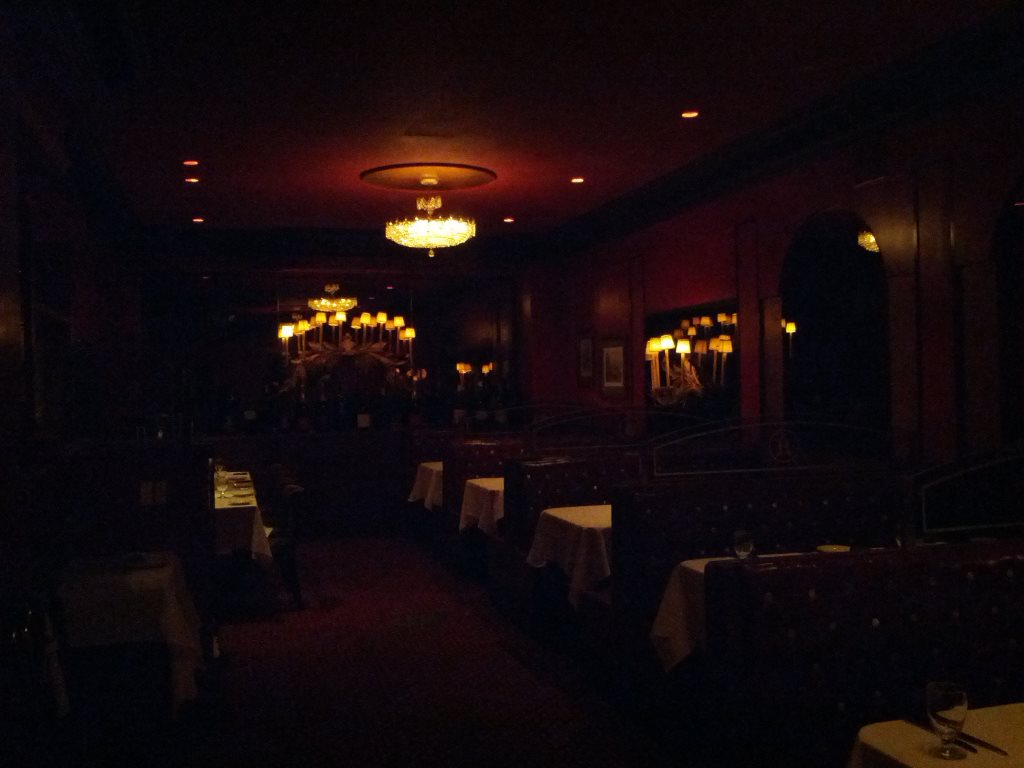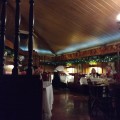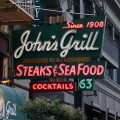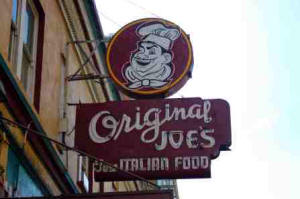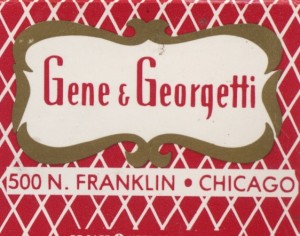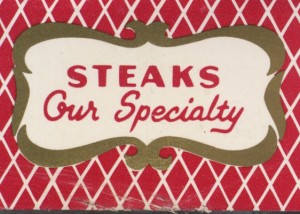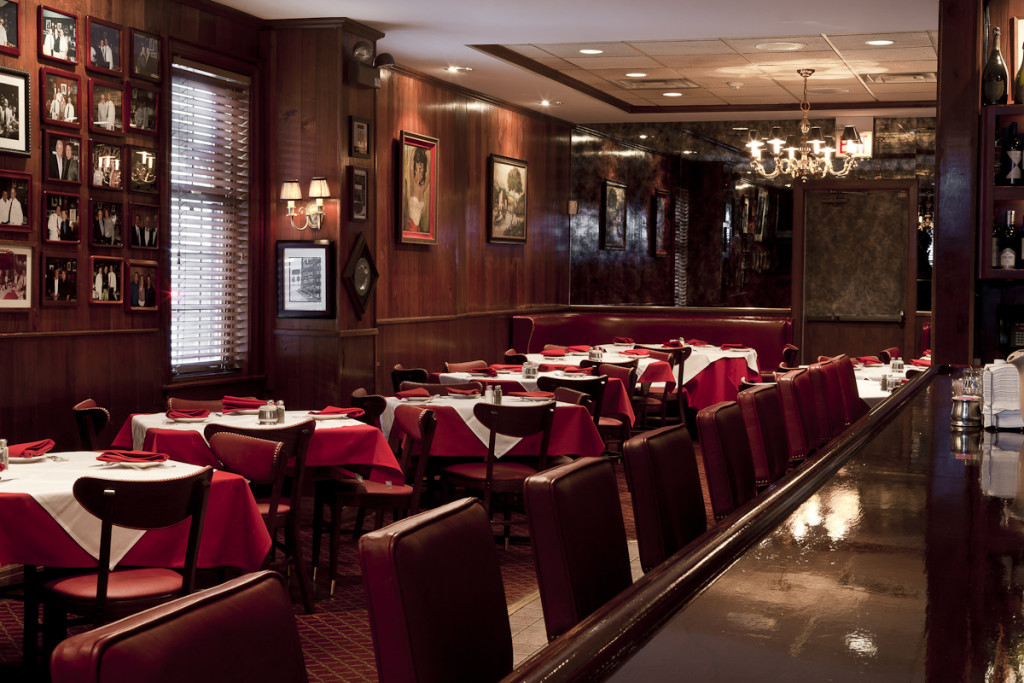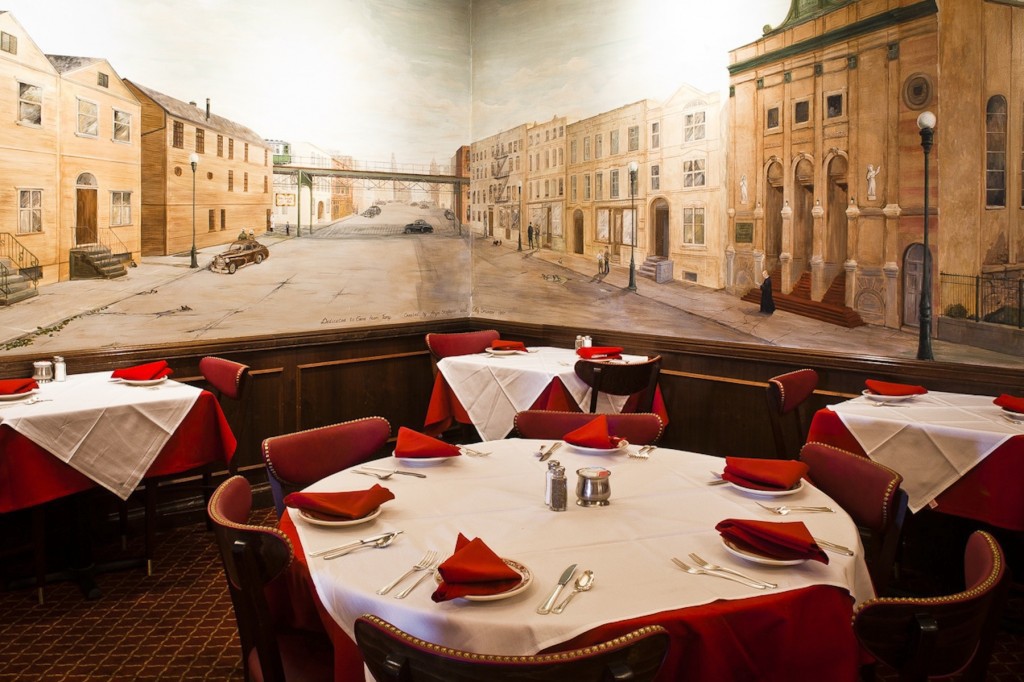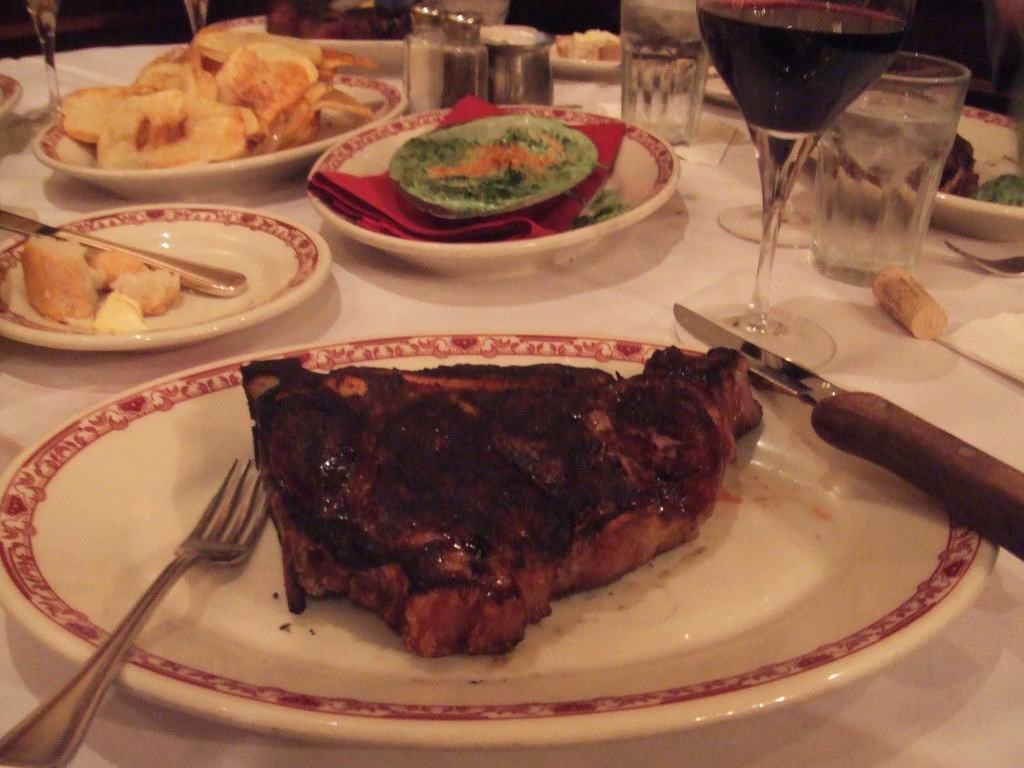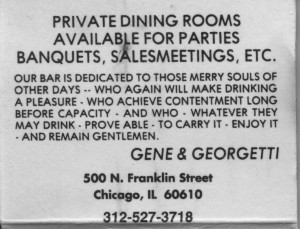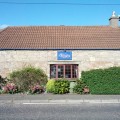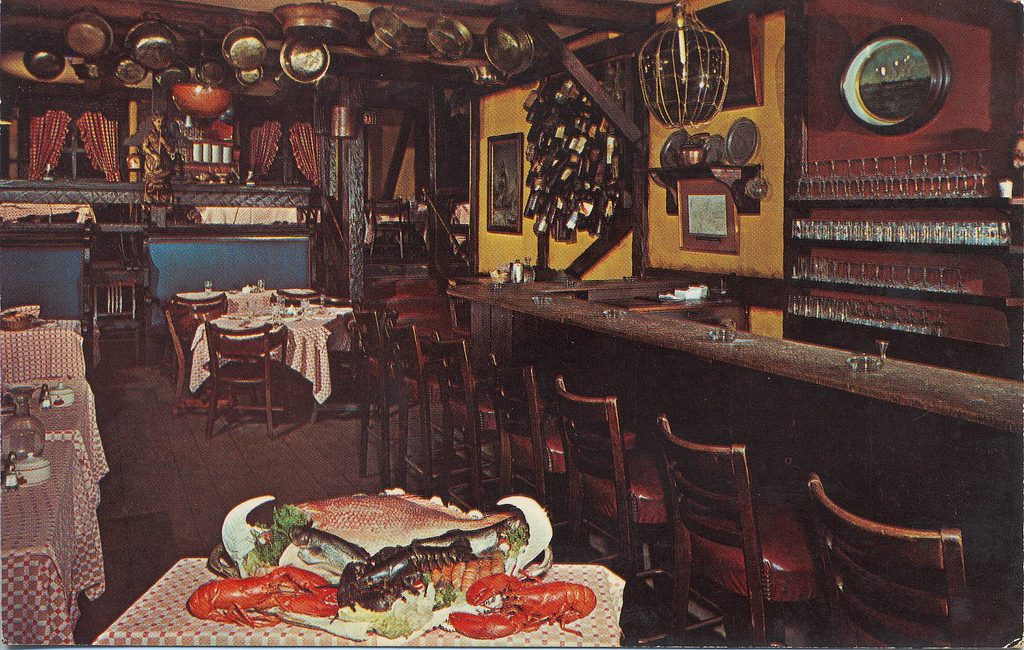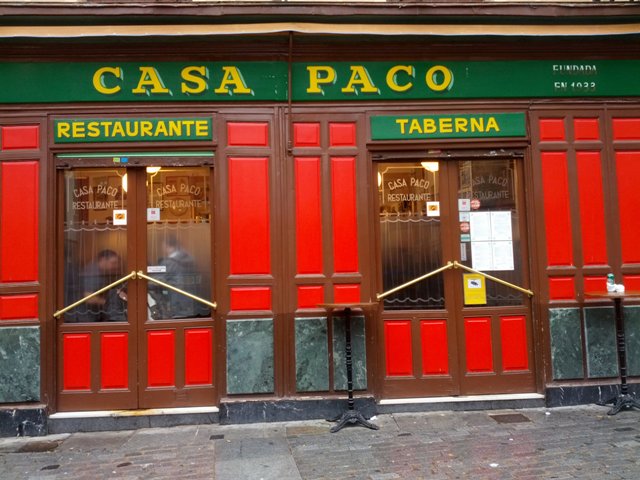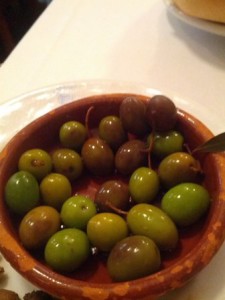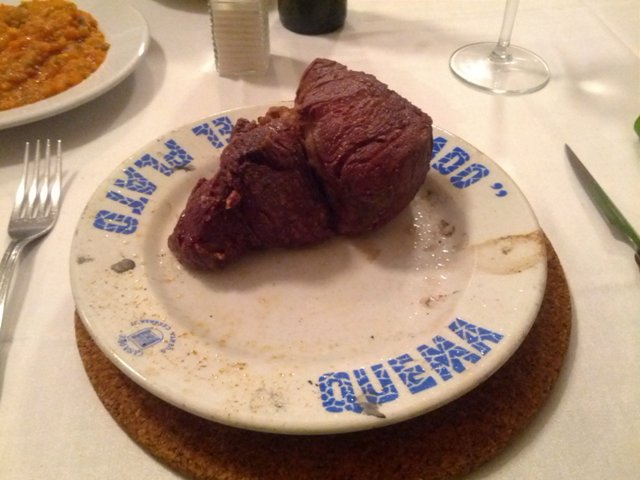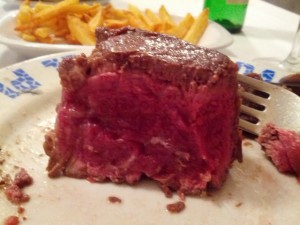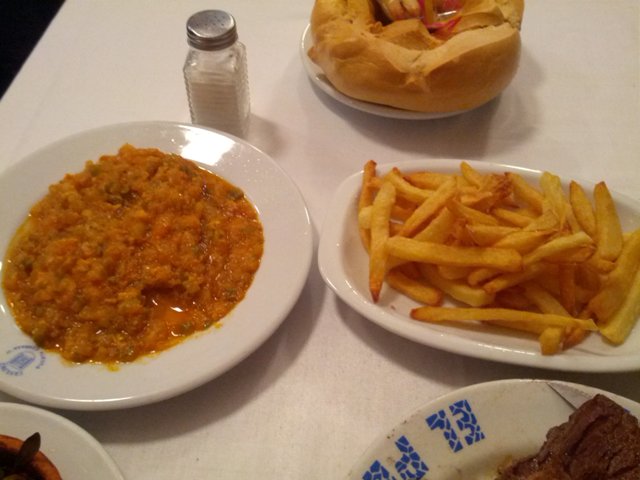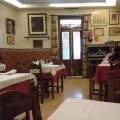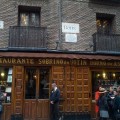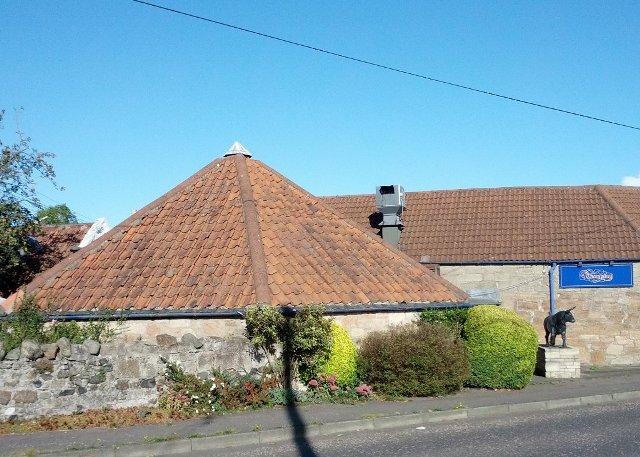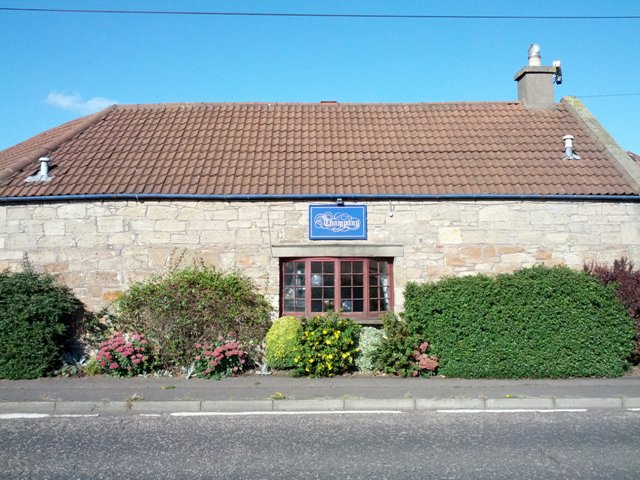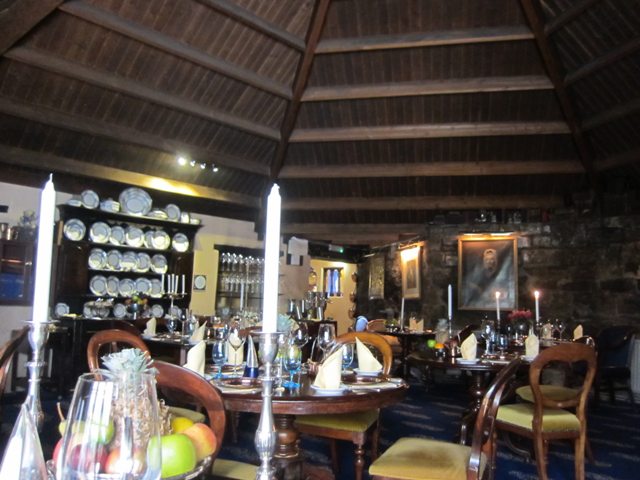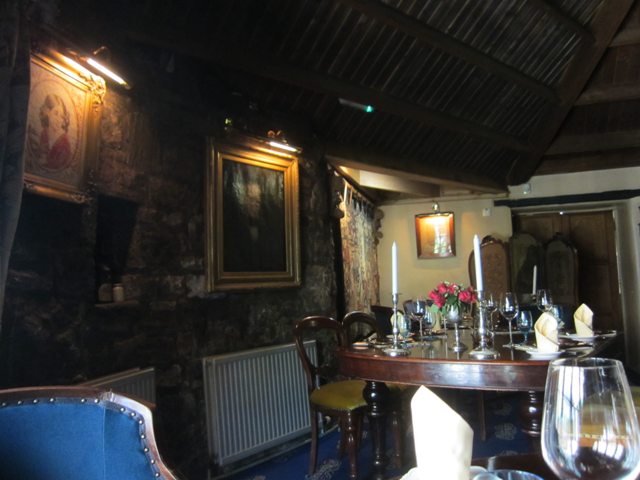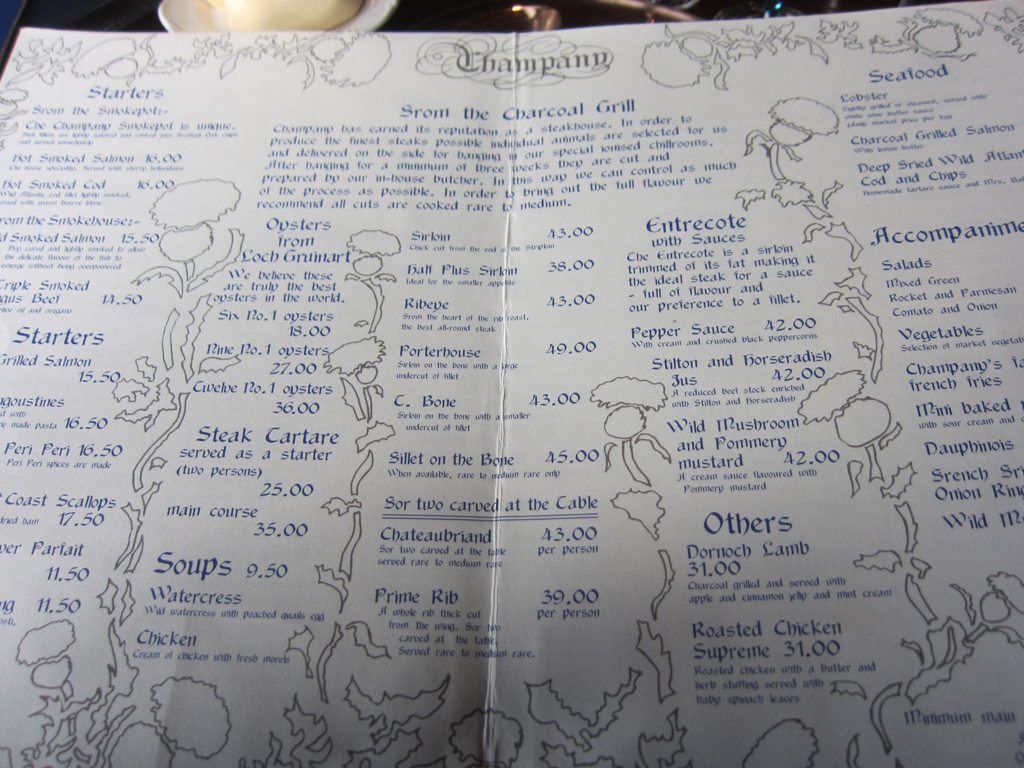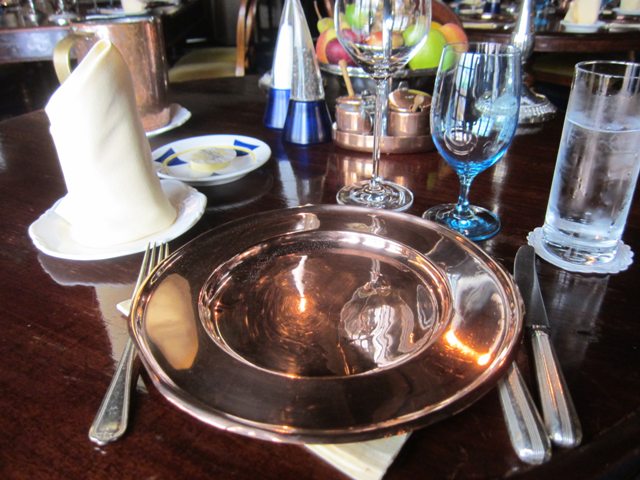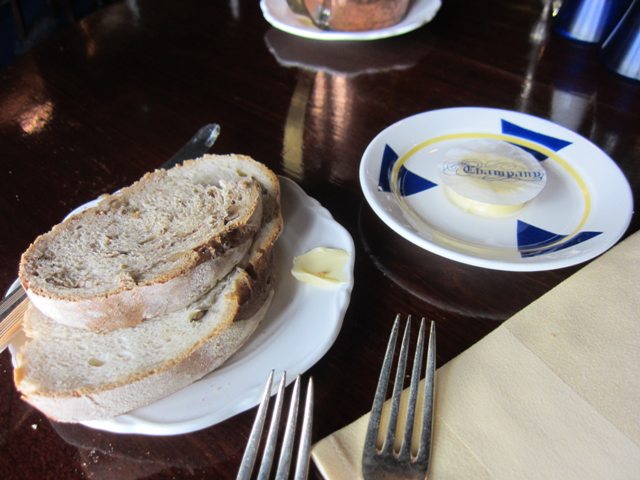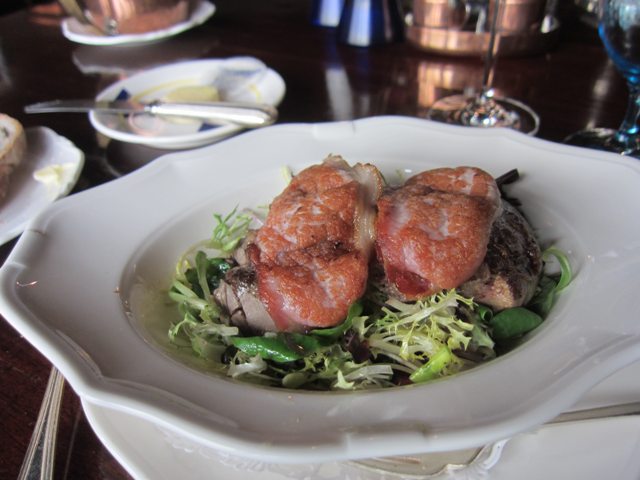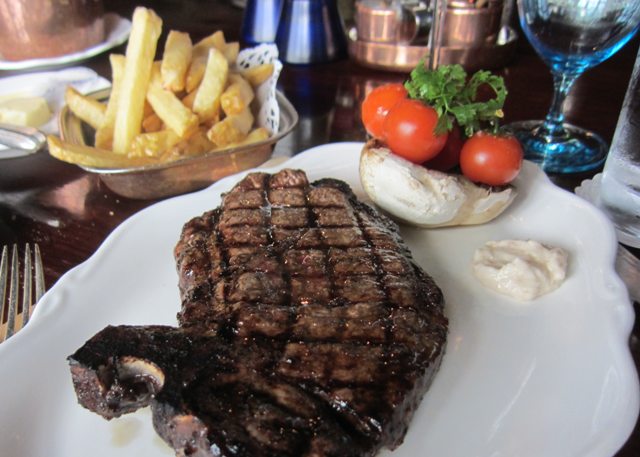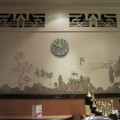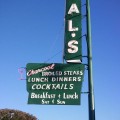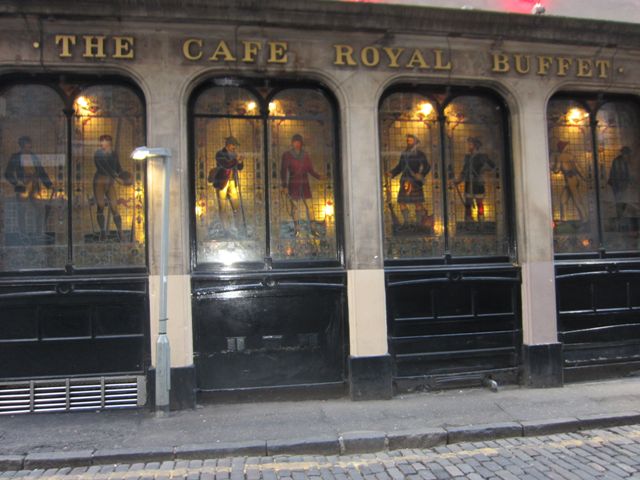A couple of years ago we visited the outstanding Barn Door Steakhouse in San Antonio. Today we’ll step into the Little Red Barn, which is a casual, western-style steakhouse with good food at reasonable prices.
The Little Red Barn was opened in 1963 in an old meat market by Ralph and Lili Hernandez. It was casual, with picnic tables for seating and the menus and cattle brands painted on the walls (as it still is today). Ralph was butcher and cook and Lili was the waitress and cashier. The place grew from a small restaurant with 8 picnic tables over the years into a large restaurant that can seat 800 customers, making it the largest steakhouse in Texas! And to boot, it’s still owned by the Hernandez family.
At the door you are greeted by a hostess in a western plaid shirt, jeans, and cowboy hat, who takes you to your table, where a chilled salad has mysteriously already been placed for your eating enjoyment. A choice of dressings (all made from scratch, daily, and available to take home) is offered. I opted for the Green Goddess.
The servers are dressed in cowgirl outfits that vary a bit, all in black and white, some in black with white fringe. All wear a cowboy hat and a neckerchief. This is the only restaurant left that still does this, that I know of. The Steak Corral in Whittier still did when I visited about 15 years ago but it looks like the servers are just wearing jeans and blue shirts these days.
The server brings you a menu board with a large variety of steaks and seafood. All dinners come with salad, a house made roll, and choice of potato or green beans. The steaks are cut daily by in-house butchers, the beef is ground daily, and the sides, dressings, and desserts are made from scratch.
I ordered the T-Bone Steak with a baked potato. The steaks come on distinctive metal platters.
Be sure and look around the restaurant at the humorous artworks painted on the walls. One of the dining rooms was closed while we were there but they kindly turned on the lights so we could see the walls, covered with wonderful cartoons like this:
If you had to choose between the many steakhouses in San Antonio, you have two types: the fine dining steakhouses like Bohanans (review coming soon) and Little Rhein and the casual steakhouses like Barn Door and Little Red Barn. Between these casual steakhouses you could choose by proximity: Barn Door is near the airport, and Little Red Barn is close to downtown. Either one is a good choice, but if you want something fun and quick, Little Red Barn is my pick (though the steaks are a cut above at the Barn Door).
Little Red Barn
1836 S Hackberry St, San Antonio, TX 78210
(210) 532-4235
Open Mon-Thu 11:00am – 8:30pm, Fri-Sat 11:00am – 9:30pm, Sun 12:00pm – 8:00pm

